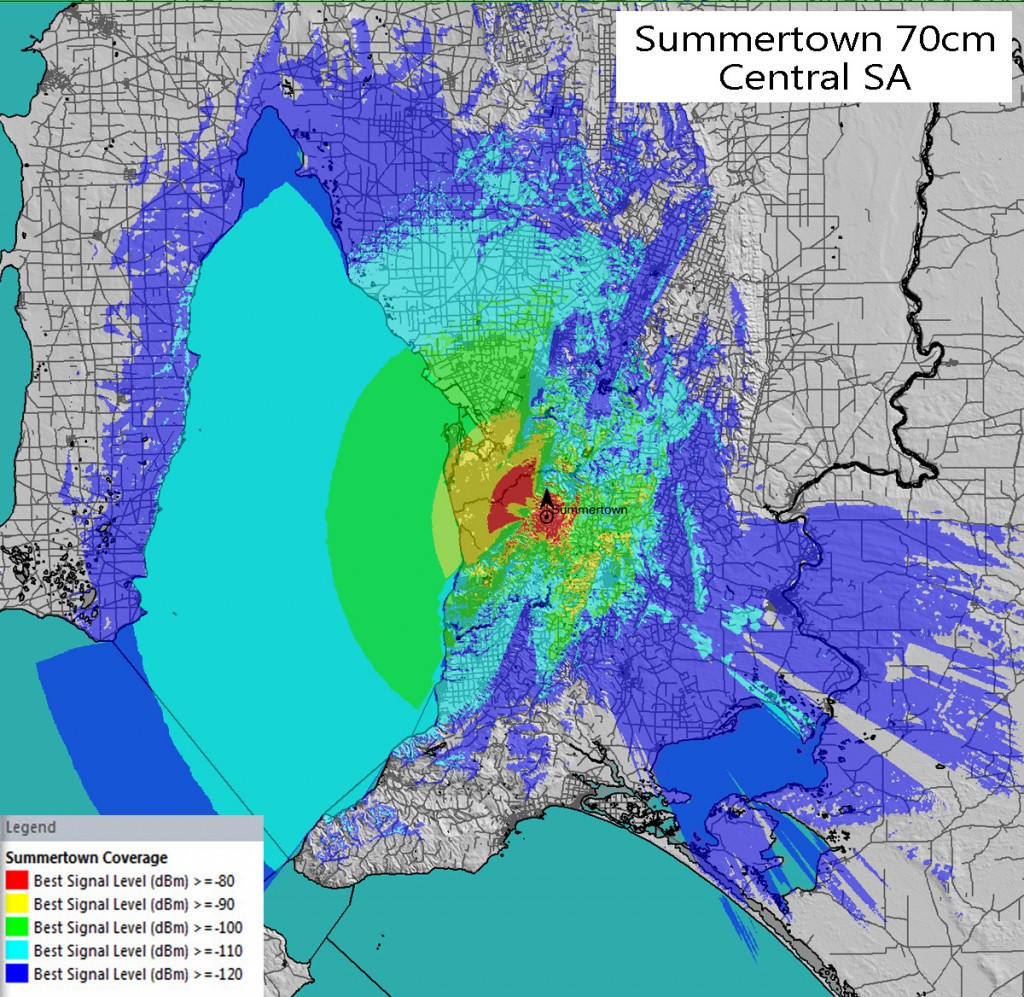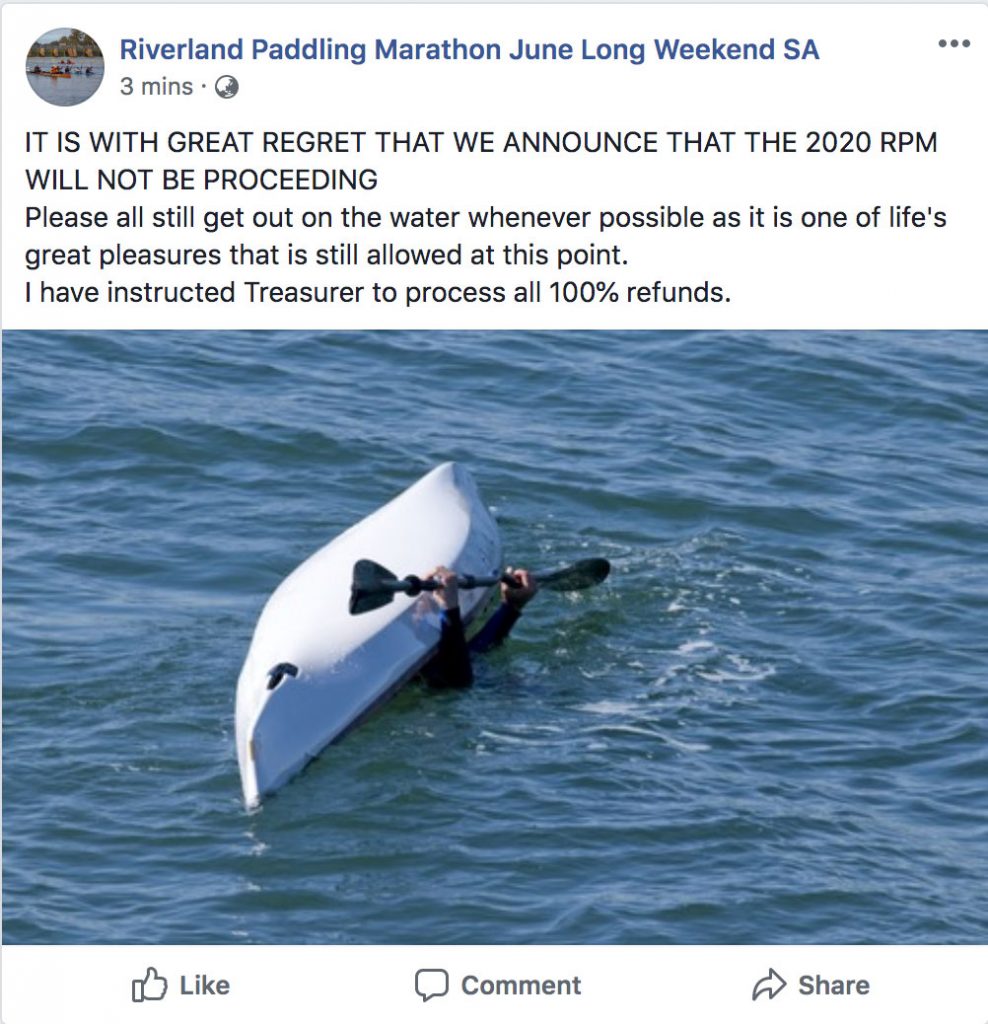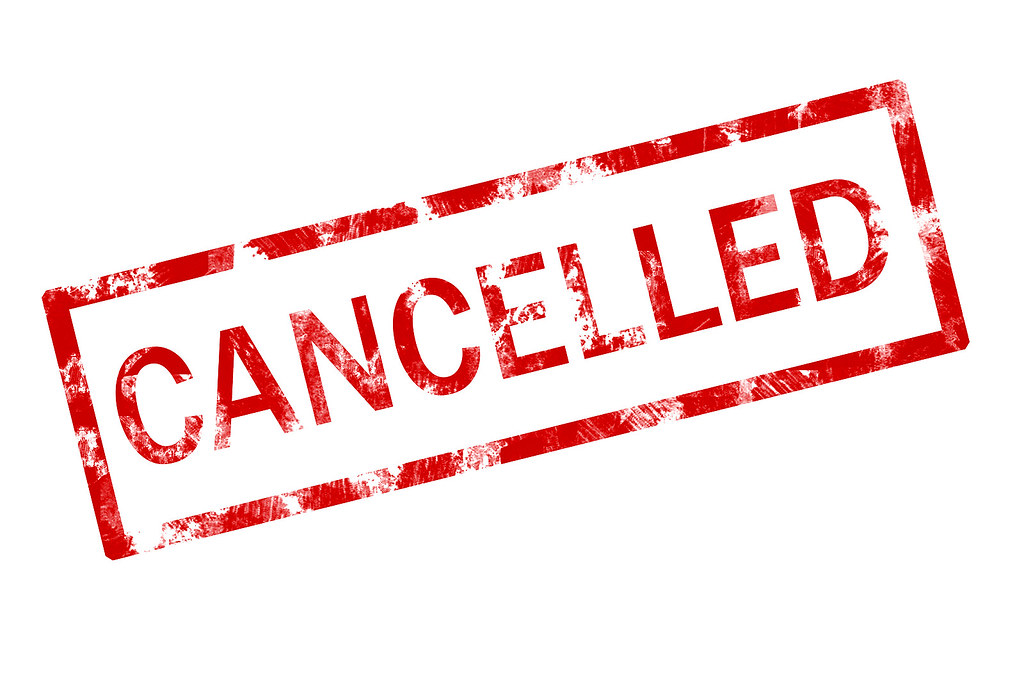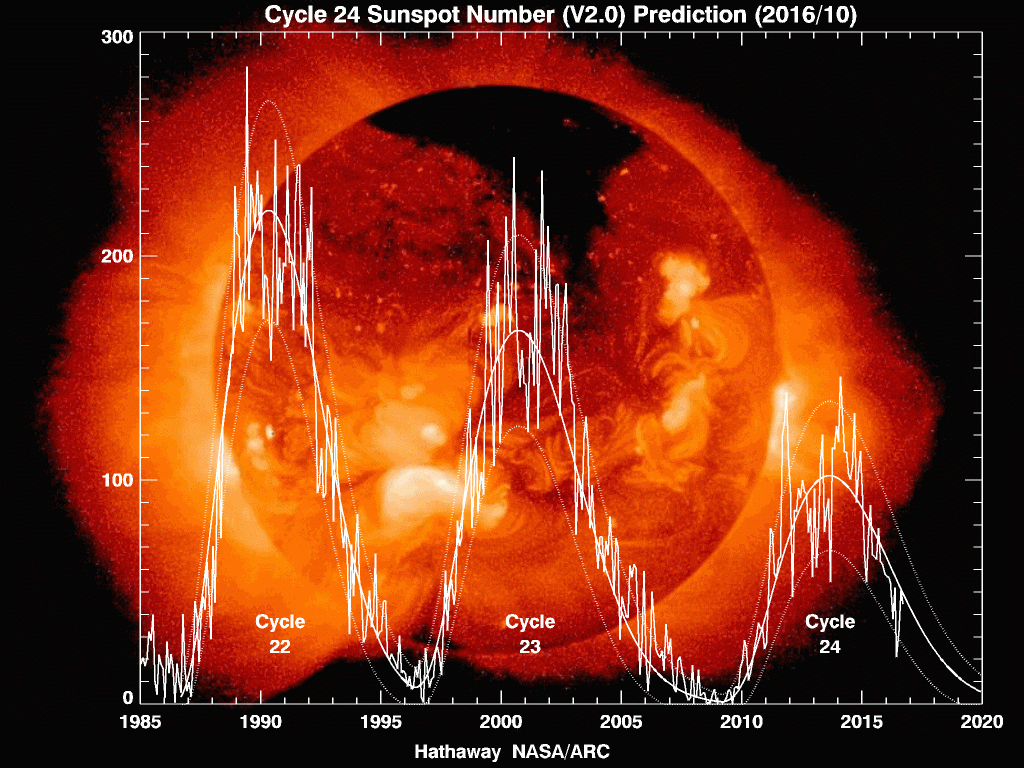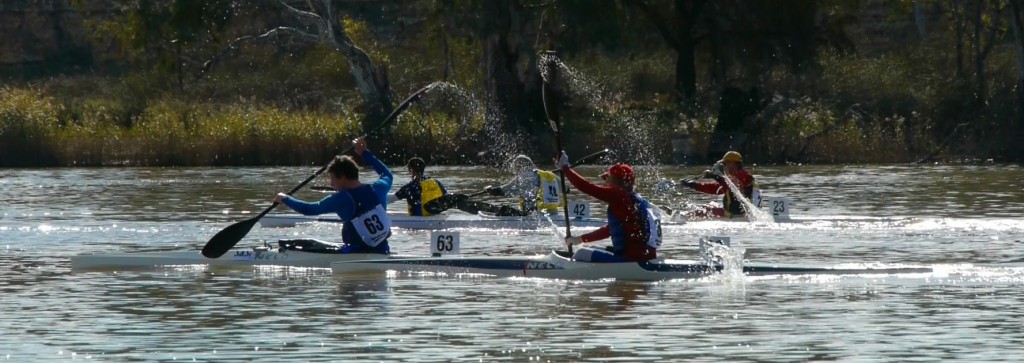FURTHER UPDATE: The second launch (23rd Feb) was also a success, with even more new callsigns showing up. The following stations were seen to upload telemetry for this launch: VK5BGN, VK5EU, VK5FPKR, VK5KK, VK5KIK, VK5KX, VK5LJG, VK5LO, VK5NE, VK5NEX, VK5NTM, VK5PE, VK5PW, VK5QI, VK5QS, VK5ST, VK5TRM, VK5ZEA. The callsign ‘PLEASE_CHANGE_ME’ also made another appearance 🙂
Thanks to all that received telemetry from these launches, and we hope to see you on the tracker again during future Project Horus launches!
UPDATE: The first launch (16th Feb) was a success, with quite a few new stations uploading telemetry. The following stations were seen to upload telemetry this flight: CT1EGC/VK5, VK5APR, VK5CV, VK5FPKR, VK5HS, VK5KIK, VK5KX, VK5LJG, VK5NE, VK5NEX, VK5NTM, VK5PE, VK5PW, VK5QI, VK5ST, VK5TCP, VK5TRM. Also a special mention goes out to callsigns ‘PLEASE_CHANGE_ME’, and ‘DONT_CHANGE_ME’, who might need to go edit their configuration settings 🙂
The next launch will be this coming Sunday, the 23rd of Feb, also from Two Wells. Launch is expected to be around 10AM again. The payload will be a cut-down RS41 Radiosonde, and we will be launching as a ‘Small’ balloon (<= 50g payload).
If you’ve been following the last few Project Horus High-Altitude balloon launches, you may have noticed the new ‘Horus Binary‘ telemetry payload is making a regular showing. This payload uses a high performance 4-FSK modem specifically designed for High-Altitude Balloon flights by David Rowe (VK5DGR) and Mark Jessop (VK5QI).

Horus Binary Telemetry
After resolving some issues experienced on the first few flights, the Horus Binary payload has now proven itself to be well suited for high-altitude balloon tracking, with fast position updates and high robustness to weak signals and fading. It has considerable advantages over the ‘traditional’ RTTY payload in both reliability, reception range and speed.

RTTY (left) and Horus Binary (right) payloads.
As such, it’s time we start to say goodbye to the RTTY tracking payload we’ve been flying for the last 54 flights. It may still make an appearance on a few more flights, but it is long overdue to be phased out, and the weight budget used for more interesting things!
To help regular listeners make the transition, and help new listeners get set up to receive this new telemetry, Project Horus will be performing a series of small (not-so) high-altitude balloon launches over the next few weekends. These launches will each fly a single Horus Binary transmitter, which consists of a reprogrammed Vaisala RS41 radiosonde. It is expected that each flight will remain in the air for approximately 2 hours, giving ample time to test receiving setups.
How can I get involved?
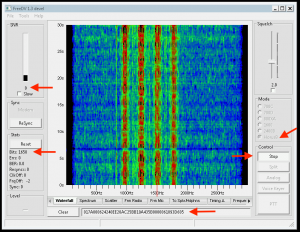 Getting setup to receive the Horus Binary telemetry is no harder than receiving RTTY – if you have a 70cm SSB receiver, or even a Software-Defined-Radio like a RTLSDR dongle, you can get involved and help contribute to the tracking of Project Horus balloon launches, and the success of our future flights.
Getting setup to receive the Horus Binary telemetry is no harder than receiving RTTY – if you have a 70cm SSB receiver, or even a Software-Defined-Radio like a RTLSDR dongle, you can get involved and help contribute to the tracking of Project Horus balloon launches, and the success of our future flights.
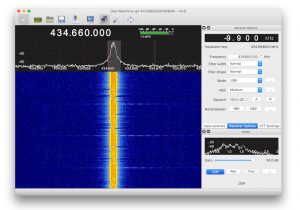 We have recently re-vamped the documentation for Horus Binary, and there are now reception guides available for both Windows, OSX and Linux available here: https://github.com/projecthorus/horusbinary/wiki#how-do-i-receive-it
We have recently re-vamped the documentation for Horus Binary, and there are now reception guides available for both Windows, OSX and Linux available here: https://github.com/projecthorus/horusbinary/wiki#how-do-i-receive-it
Follow the linked instructions prior to the scheduled flights, then during the flight tune your SSB receiver to 434.660 MHz USB – our standard Horus Binary frequency. Listeners in the greater Adelaide region should be able to receive the signal from the payload shortly after launch, with those further afield following as the balloon and payload ascend to higher altitudes.
If you have issues with setting up the software, please contact Mark Jessop (VK5QI) at vk5qi (at) rfhead.net .
Scheduled Launch Times & Locations
The following launch times are planned:
Sunday 16th February, 10AM CDT, from the Two Wells Football Oval (across the road from the bakery!)- Sunday 23rd February, 10AM CDT, launch site TBD
All are welcome at the launches – though unlike most Project Horus launches, these launches are expected to be over with very quickly! Launch crews are expected to be on-site approximately 30 min before the launch time, and may depart to chase the payload depending on flight-path predictions.
Online Tracking

Tracking of the flights will be available on the
HabHub Tracker, available at this link. (Note that other balloon launches will also be visible on this page, including the Bureau of Meteorology launches from Adelaide Airport).
 The next event will be held this coming Friday, 8th May. Starting at 7.30pm it will be held on the club’s VK5RSB repeater 439.900 which will be linked to the IRLP network via node 6214 to reflector 9558 (which is also linked to the EchoLink node *VK3JED*
The next event will be held this coming Friday, 8th May. Starting at 7.30pm it will be held on the club’s VK5RSB repeater 439.900 which will be linked to the IRLP network via node 6214 to reflector 9558 (which is also linked to the EchoLink node *VK3JED* In between the on air weeks, there will be a separate video round table using Zoom Meeting online for members only.
In between the on air weeks, there will be a separate video round table using Zoom Meeting online for members only.
